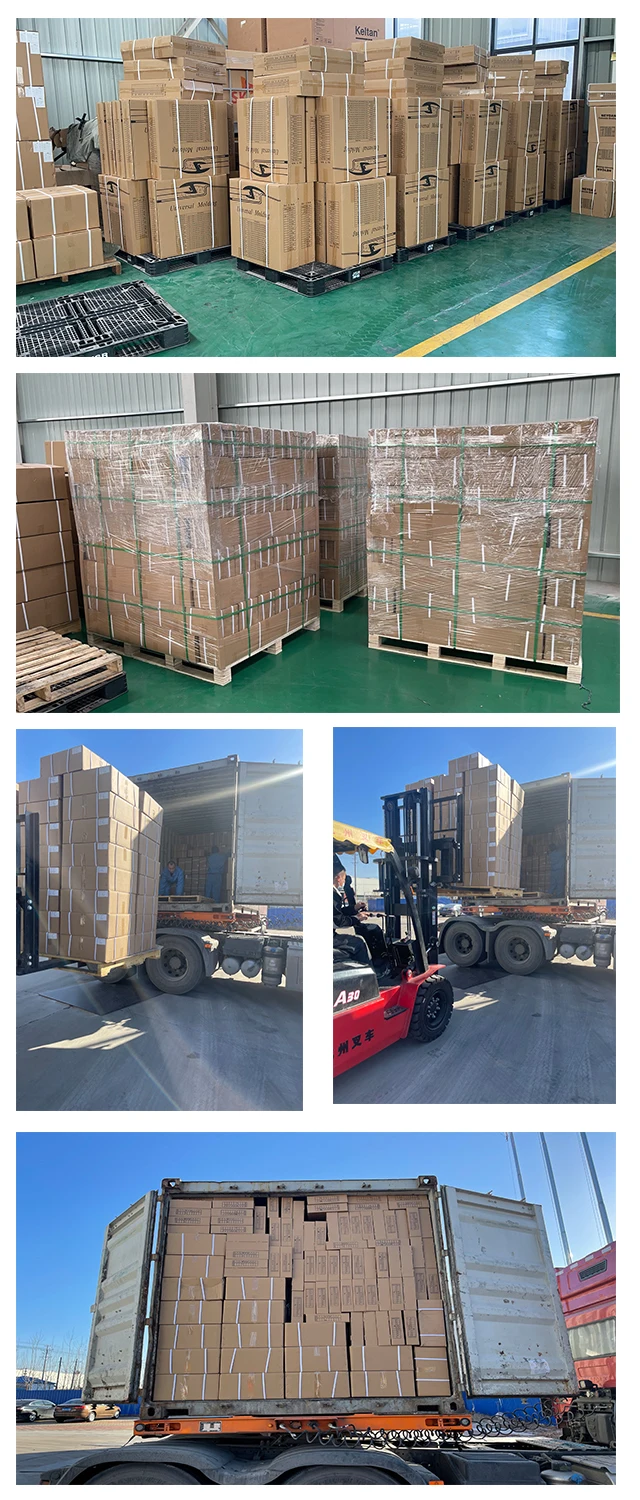strip and seal floors
Oct . 12, 2024 09:50 Back to list
strip and seal floors
Strip and Seal Floors A Comprehensive Guide
Maintaining the beauty and longevity of your flooring is critical for any property owner. One popular method for achieving a pristine look and extending the life of floors is the strip and seal process. While it may sound complex, understanding the fundamentals and knowing how to execute this method effectively can lead to stunning results and enhanced floor durability.
What is Strip and Seal?
Strip and seal is a floor maintenance process primarily used for resilient flooring types, such as vinyl, linoleum, and some types of tile. The goal of this process is to remove the old layers of wax and finish from the floor and apply a new sealant to restore its luster and protect it from wear and tear. This technique not only revitalizes the appearance of the floor but also helps prevent damage caused by dirt, grime, and moisture.
Why is Strip and Seal Necessary?
Over time, floors accumulate scratches, scuffs, and dullness, which can detract from their aesthetic appeal. Old wax can become cloudy, and built-up dirt can warp the surface. Regular maintenance through strip and seal can prevent further deterioration, allowing floors to maintain their original beauty. Moreover, an effective seal protects the floor from spills and stains, making it easier to clean and maintain.
The Strip and Seal Process
The strip and seal process involves several essential steps
1. Preparation Before starting, remove all furniture and obstructions from the floor area. Sweep or vacuum the floor to eliminate dust and debris. If necessary, use a damp mop to ensure the surface is clean.
strip and seal floors

2. Stripping the Old Finish Apply a commercial-grade floor stripper according to the manufacturer's instructions. This solution works to break down the old wax and finish. Using a low-speed buffer or scrubber with a stripping pad can help effectively remove the wax. Pay attention to areas that might need extra treatment, such as corners or high-traffic spots.
3. Cleaning the Floor After stripping, it is crucial to thoroughly rinse the floor with clean water. This step removes any residue from the stripper, which can affect the new seal if not adequately cleaned. A wet vacuum can be handy at this stage to assist in drying the floor.
4. Drying Allow the floor to dry completely. This is a crucial step as any moisture left behind can interfere with the adhesion of the new seal. Depending on humidity and air circulation, drying can take a few hours.
5. Applying the Seal Choose a high-quality floor finish appropriate for your type of flooring. Using a clean, non-abrasive applicator, such as a lambswool or microfiber pad, evenly spread the sealer across the floor. It’s usually recommended to apply multiple thin coats rather than one thick coat. Follow the drying instructions provided by the finish manufacturer to ensure the best results.
6. Curing Time After applying the final coat of seal, it is vital to let the floor cure. Avoid foot traffic for the recommended time to allow the seal to set properly, ensuring optimal durability and finish.
Maintenance Tips Post-Seal
Once the strip and seal process is complete, it is important to maintain the floor to keep it looking its best. Regular cleaning with a damp mop and a pH-neutral cleaner can help prevent dirt buildup. Avoid harsh chemicals that can damage the seal. Additionally, consider placing mats at entryways to reduce the amount of dirt tracked onto the floors.
Conclusion
The strip and seal process is an effective way to revitalize and protect floors, ensuring they remain an appealing feature of your home or commercial property. By understanding and following the steps outlined above, you can achieve a beautiful, long-lasting finish that enhances your flooring investment. Regular maintenance and timely strip and seal procedures can significantly prolong the life of your floors, making them a worthy priority in overall property care.
-
LED Neon Rope Light Outdoor Companies: Durable & Bright Solutions
NewsAug.27,2025
-
Premium Window Seal Strip Adhesive: Manufacturers & Suppliers
NewsAug.26,2025
-
Best Window Seal Strip Adhesive Companies: Strong, Durable Seals
NewsAug.25,2025
-
Karcher A2004 Wet & Dry Vacuum Filter: Premium Replacement Cartridge
NewsAug.24,2025
-
Premium Vacuum Filter for Karcher VC 4, VC 6, VC 7 & Tineco A10, A11
NewsAug.23,2025
-
Hi-Flo HF155 Oil Filter KTM 250 EXC Racing 03-06 | OEM 580.38.005.000
NewsAug.22,2025
